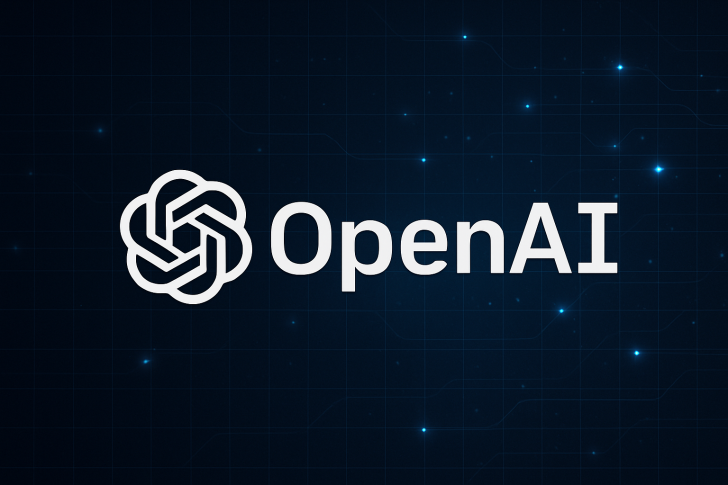At OpenAI's Frontiers event in London, the company pulled back the curtain on technology that could fundamentally change how we communicate across languages. The demo showcased a bidirectional AI speech model that translates what you're saying into another language while you're still talking. If it launches as expected in the coming weeks, language barriers might finally start crumbling in real time.
What Was Revealed
AI commentator Wes RothTibor Blaho shared details about the demonstration on Twitter, explaining that OpenAI's new model doesn't just translate word for word. Instead, it waits for complete phrases and verbs before speaking, which helps it preserve grammar, tone, and meaning. That small pause makes translations sound far more natural than what we're used to from typical machine translation.
According to Roth, OpenAI hinted the technology could go public within weeks, suggesting it's nearly ready for real-world use.
How It Actually Works
What makes this model different is that it's context-aware and bidirectional—it listens and speaks at the same time. Unlike traditional translators that just convert words sequentially, this one understands sentence structure across languages where word order matters completely differently, like English, German, Japanese, or Turkish.
The model's been trained on multilingual conversation data, so it knows when to wait for that crucial verb at the end of a sentence before translating. That way, it captures what you actually mean, not just what you literally said. It behaves more like a human interpreter than a machine.
Why This Matters
In many languages, verbs come at the end of sentences and determine the entire meaning. Traditional AI translators that spit out words immediately often sound awkward or get things wrong because they're missing that context. OpenAI's approach—waiting just long enough to get the full idea—strikes a better balance between speed and accuracy.
This could enable real-time multilingual customer support, seamless international video calls without interpreters, automatic voice dubbing for education and media, and instant translation for travelers. Basically, it puts OpenAI in direct competition with Google Translate's Interpreter Mode and Meta's SeamlessM4T, but with what appears to be a more human-like approach.
When It Might Launch and What It Means
If Roth's timeline holds, we could see this integrated into ChatGPT Voice or released as a developer API within weeks. That would make it one of OpenAI's most significant updates since GPT-4 Turbo.
For industries like international education, tourism, diplomacy, and global business, this could be transformative—letting anyone speak naturally and be understood instantly, no matter what language they're using. It's the kind of technology that's been promised in sci-fi for decades, and it might finally be here.
 Saad Ullah
Saad Ullah

 Saad Ullah
Saad Ullah


